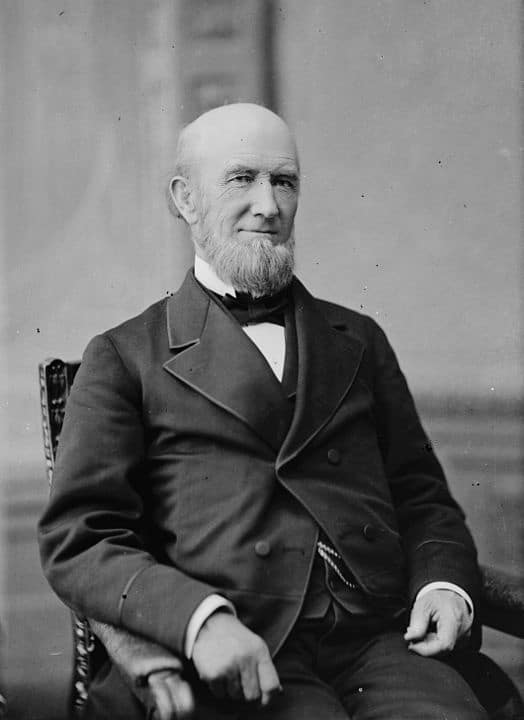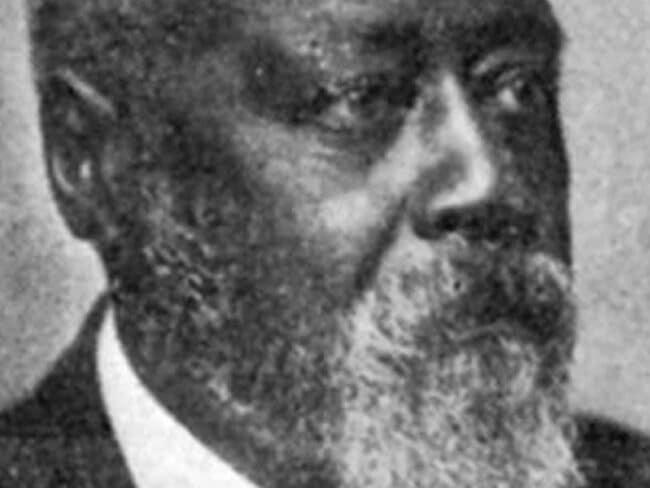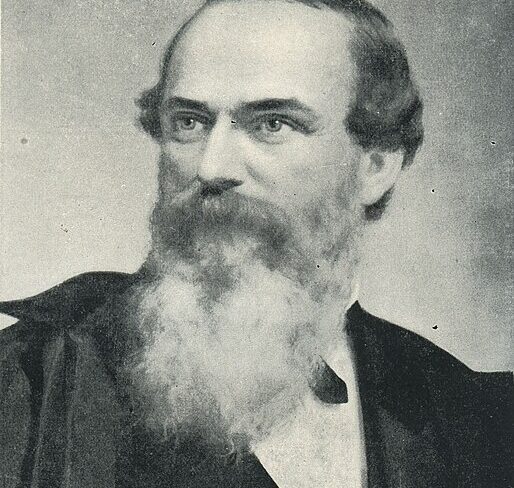James Buchanan Eads is Born: May 23, 1820

James Buchanan Eads was born on this date in 1820. The famous St. Louisan was responsible for constructing the Eads Bridge, pioneering the use of the diving bell, and building ironclads for the use of the US Navy during the Civil War.
Eads was born in Lawrenceburg, Indiana. Named after his mother’s cousin, James Buchanan, who would later become the 15th President of the United States, Eads grew up in a modest household. His family moved frequently during his childhood, eventually settling in St. Louis. It was in St. Louis that Eads’s fascination with the Mississippi River and its steamboats began, shaping his future career and contributions.
Eads had little formal education, but his curiosity and inventiveness led him to self-educate in mechanics and engineering. At the age of 13, he began working as a clerk on a Mississippi River steamboat, where he gained firsthand knowledge of river navigation and the challenges posed by submerged obstacles. His keen interest in these subjects led him to design a diving bell that allowed workers to perform underwater repairs on steamboats, a significant innovation at the time. By 1842, Eads had established his own salvage business, retrieving valuable cargo and wreckage from sunken vessels along the river.
During the Civil War, Eads’ engineering prowess caught the attention of the U.S. government. He was tasked with designing and constructing ironclad warships for the Union Navy. Within a remarkable 100 days, James Buchanan Eads delivered the first of these vessels, known as the City-class gunboats, which played a crucial role in Union victories along the Mississippi River. His contributions to the war effort earned him national recognition and cemented his reputation as a pioneering engineer.
Perhaps Eads’s most enduring legacy is the Eads Bridge, completed in 1874. Spanning the Mississippi River at St. Louis, the bridge was the first to use steel as its primary construction material and featured a cantilevered design that was revolutionary at the time. The Eads Bridge not only facilitated transportation and commerce but also demonstrated the potential of steel in large-scale engineering projects. Eads’s innovative use of pneumatic caissons during its construction set new standards in bridge engineering and had a lasting impact on the field.
James Buchanan Eads passed away on March 8, 1887, in Nassau, Bahamas. His life was marked by remarkable ingenuity and significant contributions to engineering and maritime navigation. Eads’s work not only transformed river transportation and naval warfare but also laid the groundwork for future advancements in civil engineering. His legacy endures through the structures he built and the innovations he introduced, which continue to inspire engineers and inventors to this day.
Related Posts
James Sidney Rollins is Born: April 19, 1812
James S. Rollins was born on this day. Many recognize Rollins as the Father of the University of Missouri.
Tums Inventor James Harvey Howe is Born: February 9, 1873
James Harvey Howe Sr., the inventor of Tums, was born on this date in 1873.



